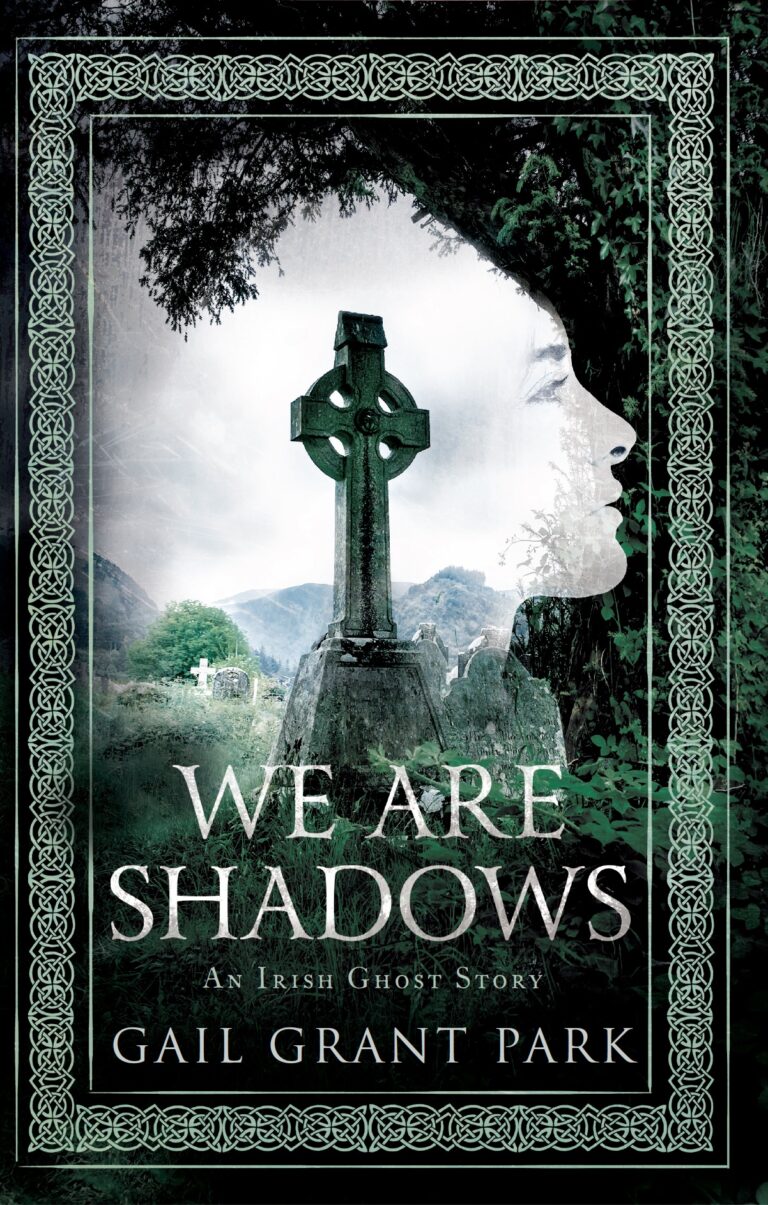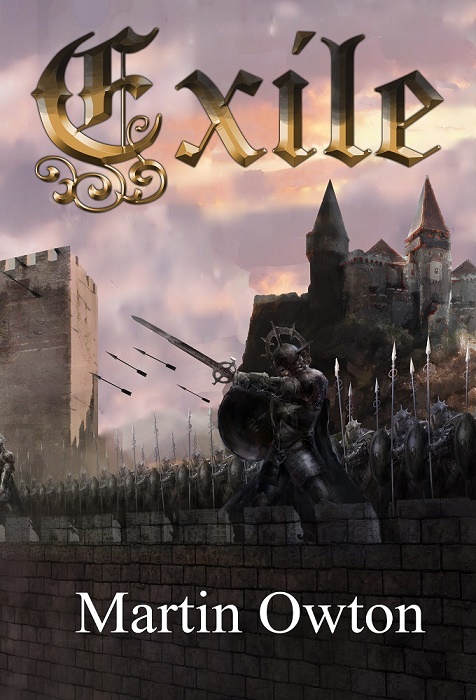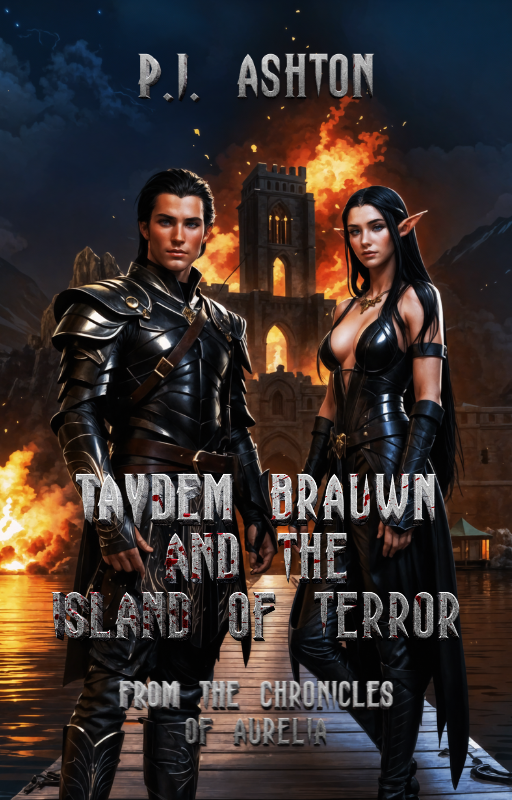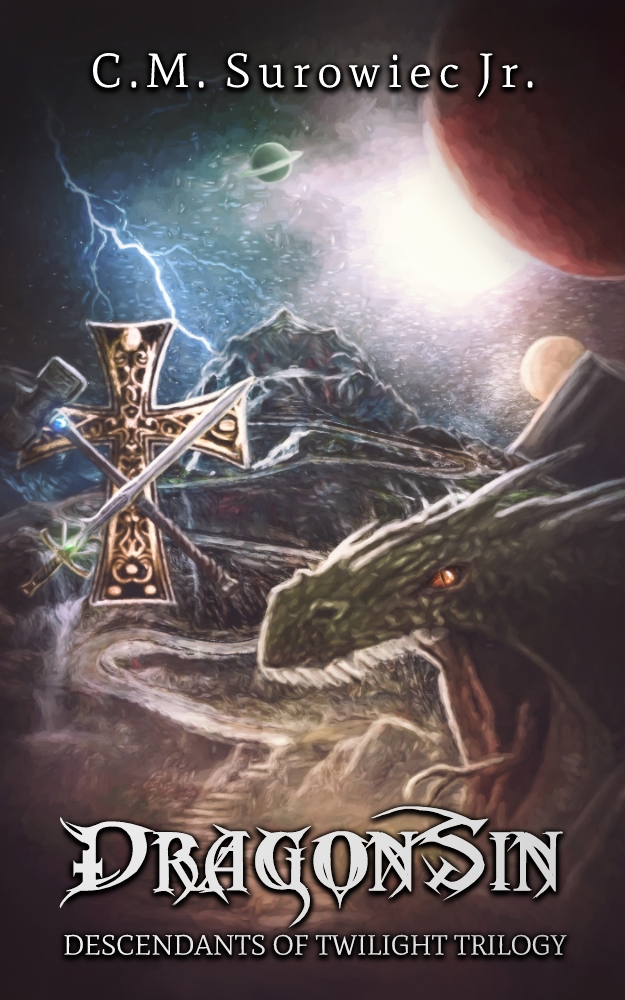Writing in different narrative perspectives—first, second, and third person—can profoundly alter the way a story or piece of text is presented. Below is a guide to comprehending and writing in each of these perspectives:
1. First Person
Definition: The narrator is a character in the story, typically the protagonist, who refers to themselves as “I” or “we.” This perspective offers an intimate and personal insight into the narrator’s thoughts, feelings, and experiences.
Example:
I strolled down the deserted street, the sound of my footsteps reverberating off the walls. I couldn’t shake the feeling that I was being watched.
Tips for Writing in First Person:
- Maintain consistency with the use of “I” and “we.”
- Share the narrator’s thoughts, feelings, and personal reflections.
- Describe events and other characters from the narrator’s perspective.
- Be mindful of the narrator’s limitations; they can only convey what they know, perceive, and undergo.
2. Second Person
Definition: The narrator directly addresses the reader using “you.” While less common in fiction, this perspective can create a strong sense of reader involvement.
Example:
You walk down the deserted street, your footsteps echoing off the walls. You can’t shake the feeling that you are being watched.
Tips for Writing in Second Person:
- Engage the reader directly with the use of “you.”
- Construct scenarios where the reader assumes the role of the protagonist.
- This perspective is effective in instructional writing, choose-your-own-adventure stories, and immersive experiences.
- Exercise caution to avoid overuse, as it may come across as intrusive or contrived if not executed carefully.
3. Third Person
Definition: The narrator exists outside the story and refers to characters as “he,” “she,” “they,” etc. There are two primary types of third-person perspective: limited and omniscient.
Third Person Limited:
The narrator only has access to the thoughts and feelings of one character, often the protagonist.
Example:
He walked down the deserted street, his footsteps echoing off the walls. He couldn’t shake the feeling that he was being watched.
Third Person Omniscient:
The narrator possesses knowledge of the thoughts and feelings of all characters, providing a broader view of the narrative.
Example:
John walked down the deserted street, his footsteps echoing off the walls. Meanwhile, in a nearby alley, a shadowy figure observed his every move, waiting for the right moment to strike.
Tips for Writing in Third Person:
- Limited: Concentrate on the inner world of one character, describing their thoughts and feelings while observing other characters externally.
- Omniscient: Offer insights into the thoughts and motivations of multiple characters, offering a comprehensive understanding of the story.
- Maintain a consistent narrative voice and keep track of whose perspective is being followed.
- Utilize “he,” “she,” “they,” and characters’ names.
Switching Perspectives
At times, writers may transition between perspectives within a story. If opting for this approach, consider the following:
- Clearly delineate sections with chapter breaks or scene transitions when changing perspectives.
- Maintain consistency within each section to prevent reader confusion.
- Signal the shift through headings or other conspicuous markers.
Mastering these various perspectives can enrich your storytelling by empowering you to select the most suitable narrative voice for your narrative.











